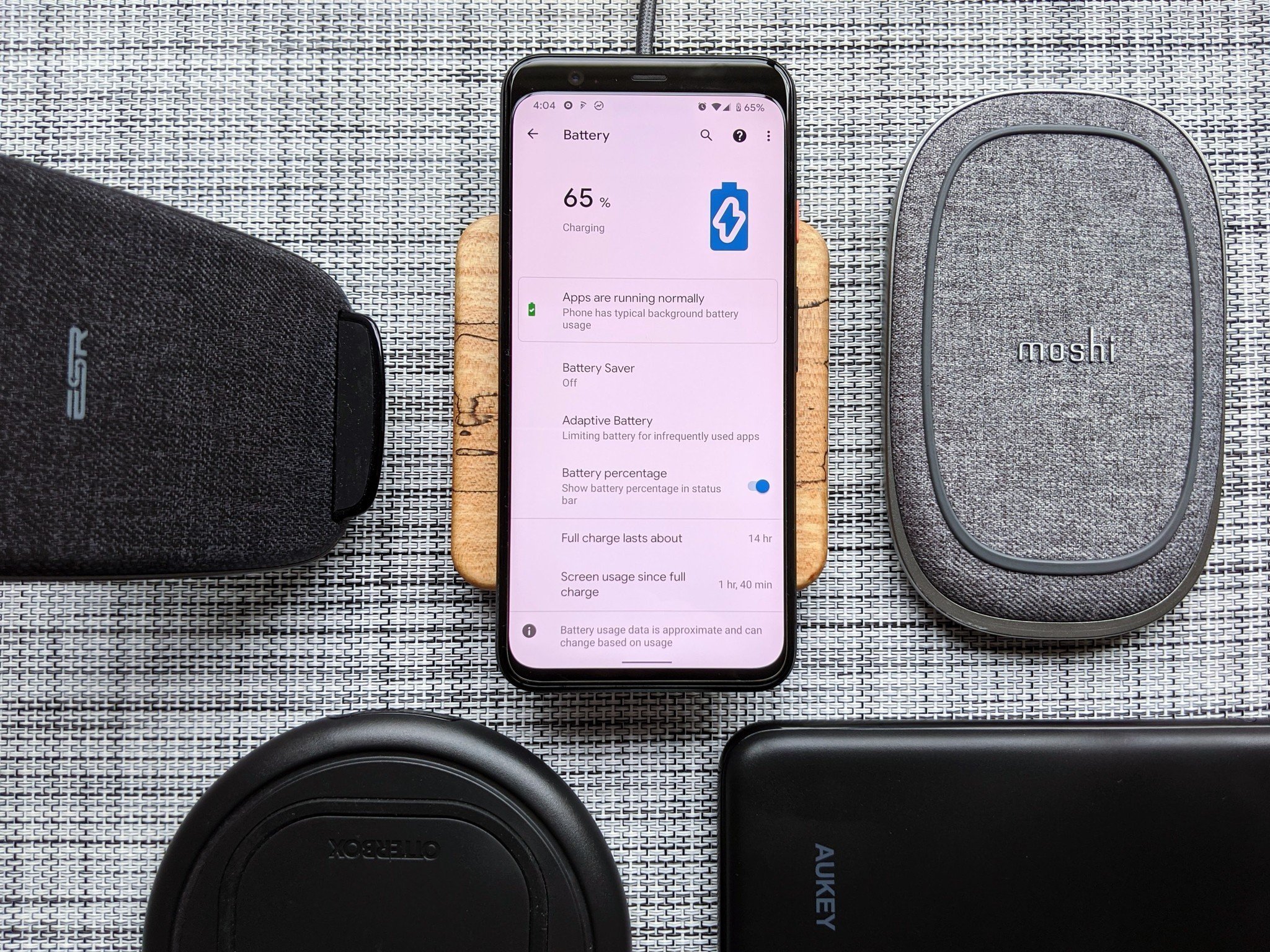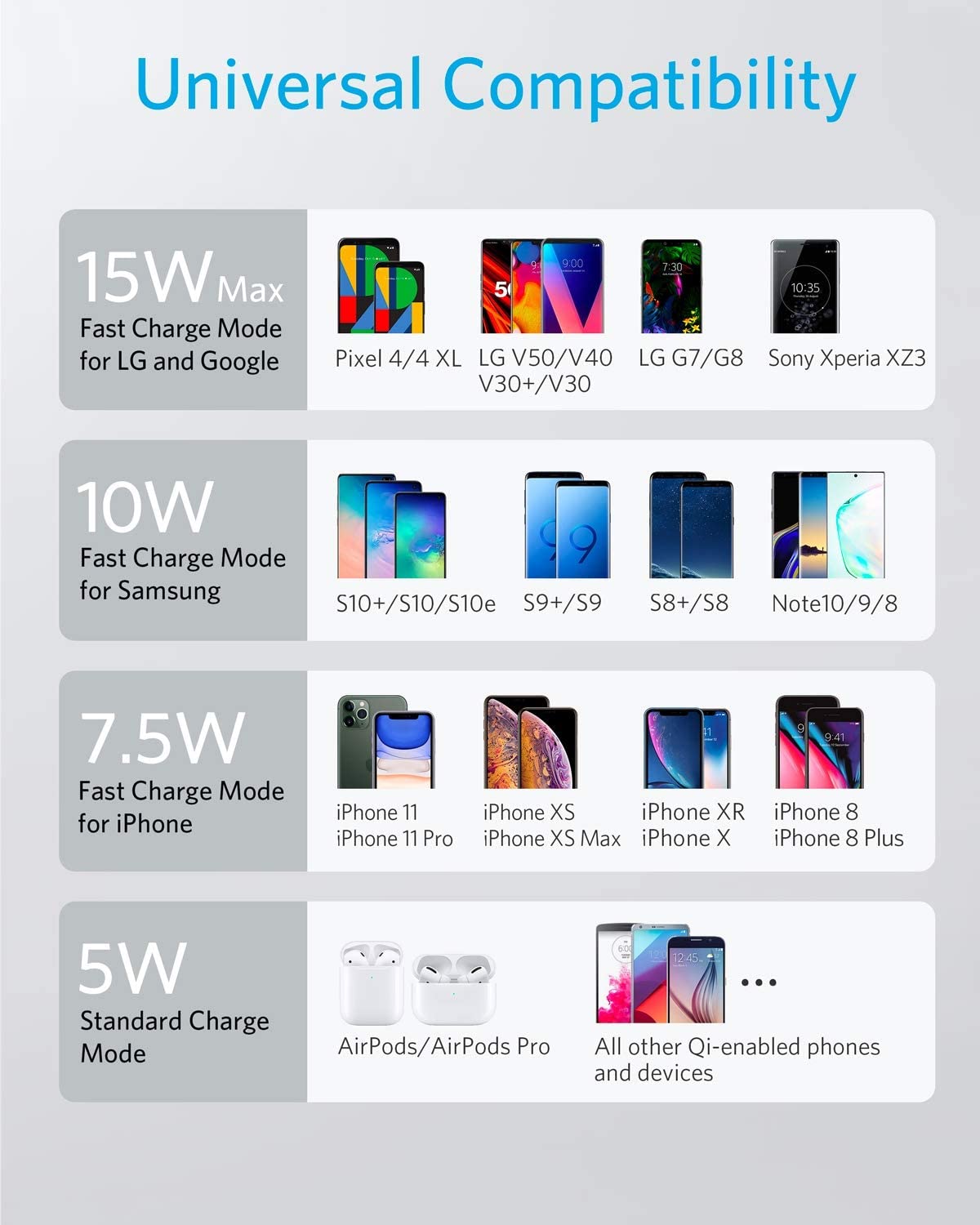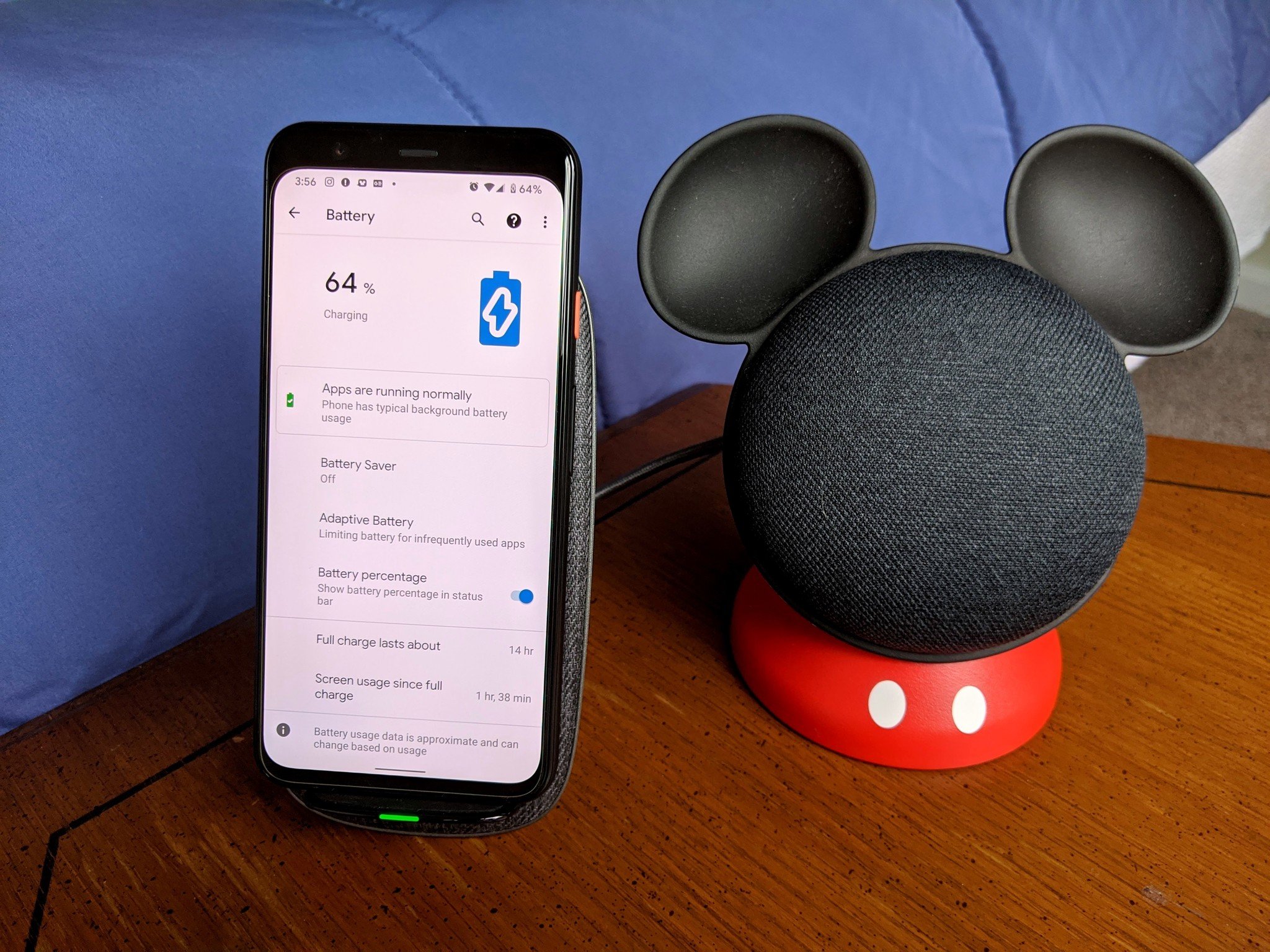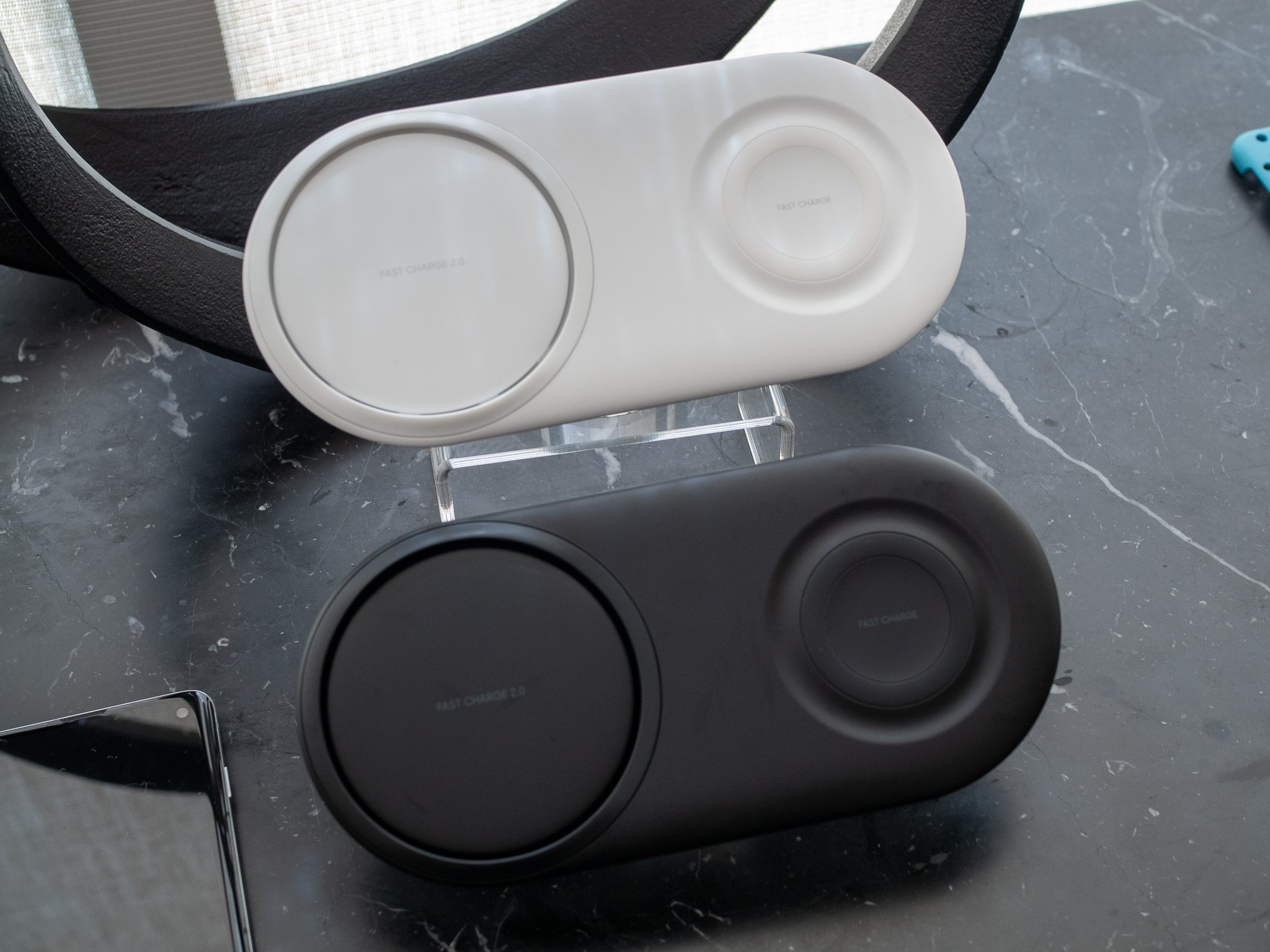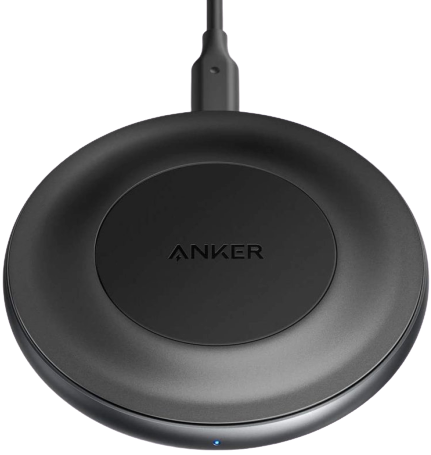Nothing makes my blood boil like an outdated charger being sold at current-day prices.
Wireless charging has been around for almost a decade, with the Nexus 4 offering it all the way back in 2012. We've come a long way since then, with most new phones offering 15W wireless charging — and OnePlus offering 50W wireless charging on the OnePlus 9 Pro. Even Apple's stepped up its game with the MagSafe last year on the iPhone 12.
While the best wireless chargers have seen tons of improvement in the last two years, the market itself is still flooded with an ungodly amount of older chargers that aren't worth your time or your hard-earned money. Even I have difficulty finding high-quality and properly certified wireless chargers from time to time, and this is what I'm paid to do!
If you're looking for a new wireless charger, here are six simple ways to figure out if that charger on sale right now is worth your time.
What powers it? Look for Power Delivery
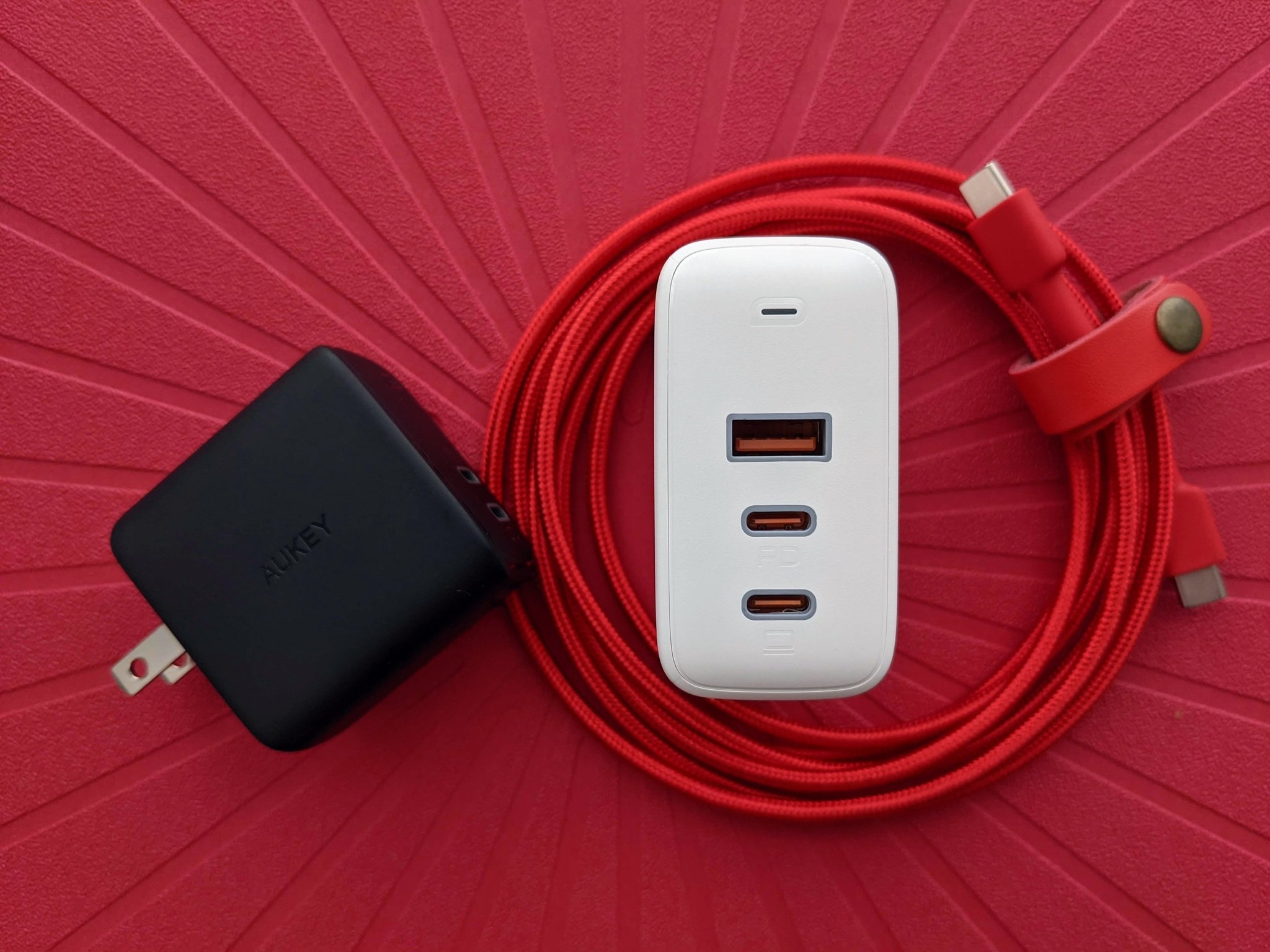 Power Delivery beats QuickCharge hands down.
Power Delivery beats QuickCharge hands down.
First things first, if a wireless charger uses micro-USB, close the tab and walk away. Micro-USB is an older port that uses older cables and cannot deliver as much power as USB-C Power Delivery. Even if a wireless charger has a USB-C port, it's not always a guaranteed thing that it is properly powered.
Now, technically there are plenty of perfectly fine wireless chargers that use Qualcomm QuickCharge 2.0/3.0 to receive their power, but I highly recommend models that use Power Delivery for three reasons:
- Power Delivery is more powerful. The total power limit for QuickCharge 2.0/3.0 is 36W, while Power Delivery can deliver up to 100W, which makes it ideal for multi-pad wireless chargers.
- QuickCharge is older and less prevalent. A few years ago, while Power Delivery was still getting on its feet, it made sense to keep using QuickCharge because that's what people had, but it's been five years, and Power Delivery chargers are now more widespread.
- Power Delivery is more futureproof. Used by laptops, phones, tablets, power banks, and many other accessories, Power Delivery chargers are easy to come by, and there's more chance of you having one by your desk or nightstand already.
Using a wireless charger powered by USB-C also gives you another handy feature: if you need to recharge quicker than your wireless charger can, you can just unplug the wireless charger and use wired Power Delivery directly. I do this more often than I should admit, but it's just so handy!
There are also wireless chargers that use included AC or DC barrel-plug adapters instead. This takes out the guesswork, but it also means that if you lose or break that one cable, your wireless charger is now a paperweight. If you have pets or small children, I suggest using only USB-C powered wireless chargers so that if they yank or bite the cables, they can be easily replaced.
What profiles does it use? Fast charging isn't universal!
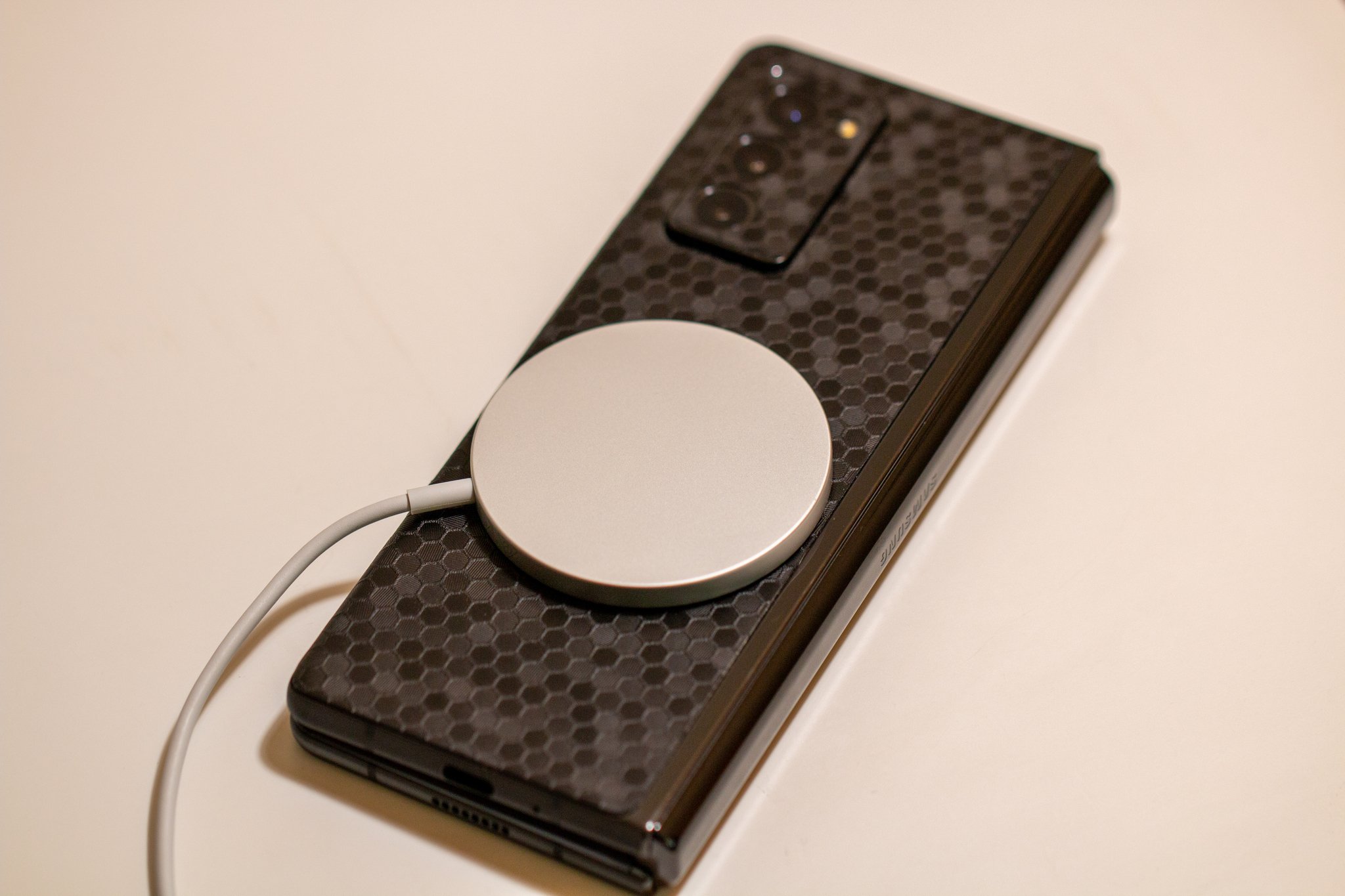 MagSafe chargers might work on your Android, but don't expect full speed.
MagSafe chargers might work on your Android, but don't expect full speed.
Wireless charging isn't just one profile that outputs at different strengths depending on your phone/wall charger. There are about a half-dozen profiles out there to keep in mind, and while chargers usually have more than one, they don't have every single one in the same unit. So the best wireless charger for Pixel 5 won't be the same as the best wireless charger for Galaxy S21 because Pixels use EPP and Samsung uses Fast Charge 2.0. Here are the profiles most commonly used by the major smartphone brands:
- Apple uses MagSafe for the iPhone 12, and for older iPhones, they use a specific 7.5W profile. Because iPhones are so popular in North America, the 7.5W Apple profile is included on basically every charger, but MagSafe is newer and harder to find.
- Samsung uses its own wireless charging protocols built on top of Qi, called Fast Wireless Charging 2.0. This protocol can support up to 15W depending on the power of the charger, but for most Samsung and third-party chargers geared towards Galaxy, it'll be 10-12W instead.
- Google Pixels use the Extended Power Profile (EPP), at 10W on the Pixel 4/4 XL and 15W on the Pixel 5. EPP is actually one of the Wireless Power Consortium's standard profiles, so you don't need to get into proprietary specs the way you do with Samsung and Apple.
- OnePlus uses Warp Charge wireless charging, which is a proprietary profile and only works with OnePlus phones. OnePlus allows its phones to fall back on 15W EPP when using third-party chargers, the same spec that Pixels use.
- Other brands like LG and Motorola use either the standard 10W or 5W Qi wireless charging profile, though the more expensive LG phones supported 15W EPP as well.
When looking at a wireless charger, they usually don't say outright which profiles they support, but there are two ways to check which they use. First, most chargers have an image in their product listing, like this one, that shows what phones will charge at what speed. Manufacturers do this so it's easier for buyers to trust that it'll work for them, and they're easier than rattling off the exact profiles and standards in the listing text.
If a listing doesn't have the grid, there's one more place to check: the Wireless Power Consortium's Product Database. Technically speaking, not every wireless charger is listed here, but the good ones will be. If you search for a charger — this might take some patience since the search bar they use required exact matches, rather than allowing partials — you can see whether they support EPP or the basic power profile, their maximum output, and whether they support Samsung's Fast Charge protocol. For example, the Anker PowerWave Alloy supports 15W EPP and Samsung's "Proprietary Extension," so we know that it'll charge the Pixel 5 at 15W and will charge Samsung phones at 10W if not more.
LED indicators and what to avoid in them
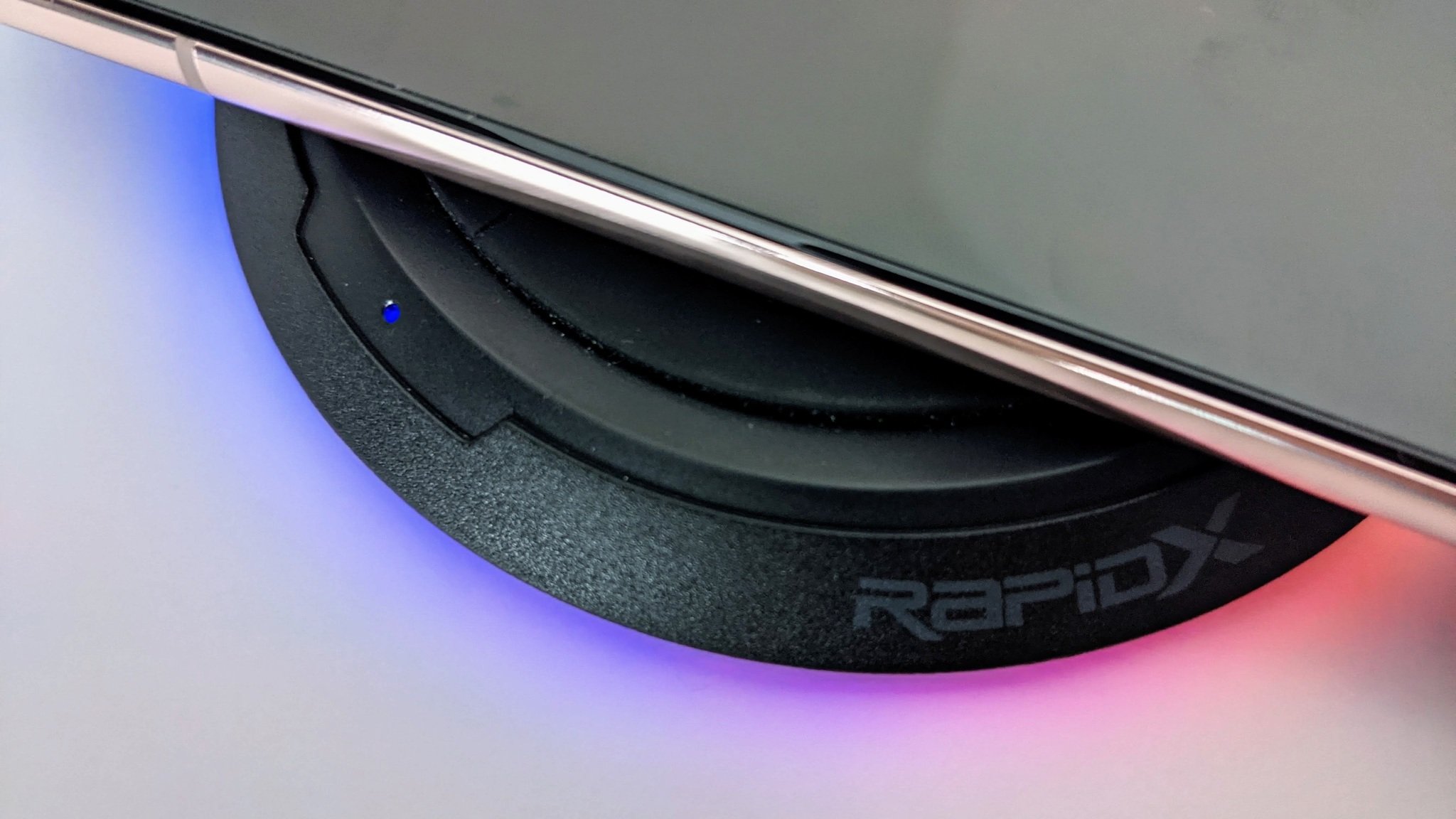 This RapixX wireless charger is great for the desk, terrible for the bedroom.
This RapixX wireless charger is great for the desk, terrible for the bedroom.
When buying a wireless charger, people usually like to see an LED so they can tell at first glance if the phone is aligned properly on the coil and charging. Personally, I don't mind an LED indicator, but there are two things to keep in mind: the LED needs to be visible but not blinding, and if you intend to keep it in the bedroom, that LED needs to be easily covered.
My favorite personal wireless charger completely lacks an LED indicator, but since Samsung phones now display the time and charging status as an Always On Display while charging, I don't need one. LED indicators are fine for phones that don't use AOD or pads that you intend to just toss down the phone and then not look at it for hours, but in 2021, they're not really required.
The color/blinking message system that your wireless charger uses to indicate problems also needs to be easy to understand if it has an LED indicator. Does a blinking light mean that the charger isn't sufficiently powered or that there's an object obstruction? Using different colors for inactive/active and then blinking on/off for obstruction/power issues makes it easier to keep track of, but it's also not something that's usually mentioned in the product listing. You might have to check the customer reviews or the owner's manual if that's available.
Stands, coils, and phone height How to avoid dead spots
Wireless chargers come in two basic flavors: flat charging pads and angled charging stands. Stands are great for desks, the kitchen while you're cooking, or even on the couch while you video chat with your parents while folding the weekly laundry, but stands also carry a small degree of risk.
On a flat wireless charging pad, you can just scootch the phone left/right/up until it aligns with the pad and starts charging. On a stand, if your phone's coil doesn't align with the one on the stand — this is more likely with smaller or extra-tall phones — then you'll only be able to use the stand in landscape mode, which negates the whole point of having a vertical charger. (No matter how tall/short a phone is, in landscape mode, they have a much smaller variance in height, so it's easier to set a coil low that all phones can use.)
There are some adjustable wireless charging stands like the Moshi Lounge Q, but the better strategy is to get a wireless charging stand with 3-5 coils inside the stand so that you've got better coverage and fewer dead spots.
Secondary pads A word about earbuds and watches
We've now hit the point where wireless chargers can charge more than just your phone and can even charge more than one device at a time. It's easy to get lured into buying a multi-device charger, but do you actually need one?
All wireless charging pads support the basic 5W Qi profile that true wireless earbuds use to recharge themselves, so if you just need to recharge wireless earbuds, chances are you can use the same wireless charger between phone recharges, especially since wireless earbuds don't usually need to be recharged every day the way phones do.
Some of the smaller earbud cases used to have trouble with full-size coils inside regular pads, but it's gotten a bit better with earbuds released in the last year or so. Most of the wireless charging earbuds I've used had no problems with the regular pads, so unless you want to buy a wireless charging stand that has a flat pad behind the stand for earbuds, I suggest getting a high-quality pad for both.
If you're using a smartwatch with wireless charging like the Galaxy Watch Active 2 or an Apple Watch, that's when you might want to consider a dual wireless charger — except that most wireless chargers don't have coils small enough to accommodate watches. This is why so many 2-in-1 or 3-in-1 chargers come with snap-on adapters that you thread the original Apple or Samsung watch charger into. In the case of Samsung watch users, you can purchase any of Samsung's Duo wireless chargers to have a phone-sized pad/stand and a specially sized coil for your Galaxy Watch or Galaxy Buds.
For Apple Watch users, buy a model that has you thread the original charger through. It'll be awkward at times, but you'll want to use Apple's charger over some knockoff inside a third-party multi-charger.
Does it have a fan? Why you might want one
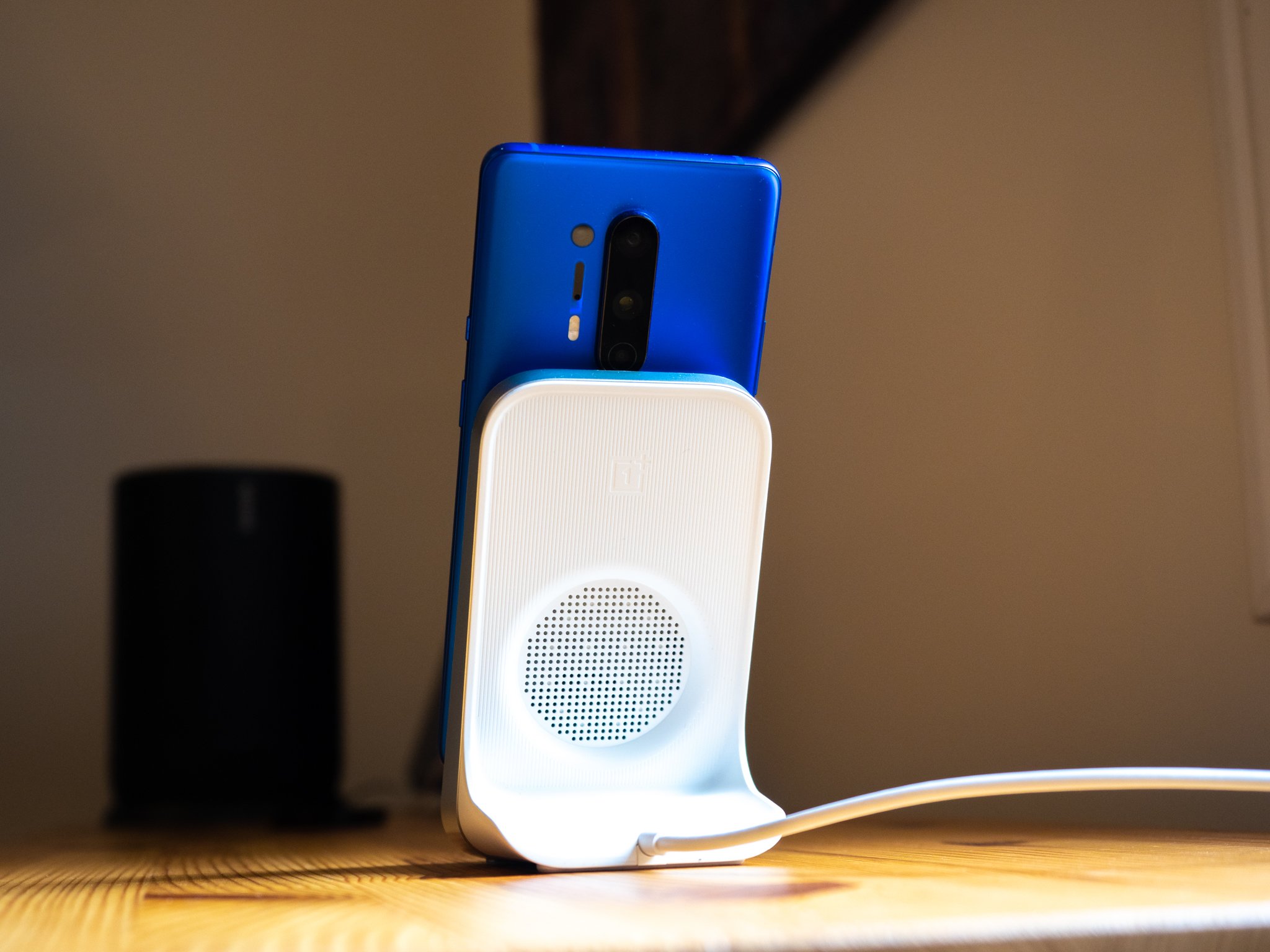 Warp Charge definitely need a fan.
Warp Charge definitely need a fan.
Wireless charging generates heat as a byproduct. While efficiency is getting better, the faster you're wirelessly charging, the more heat you're usually generating. This is why many wireless chargers — especially wireless charging stands — build in a fan to keep things cool inside the wireless charger while going at top speed.
If you're charging at 10W or less, chances are you don't need a fan inside your wireless charger. Likewise, if you're buying a wireless charger for your nightstand, you're probably not going to want a fan in your wireless charger, so double-check the listing images for vents and fans. It's not something you tend to immediately think of when it comes to wireless chargers, but it's absolutely worth keeping in mind if you value your peace and quiet, as the fans inside wireless chargers are usually not designed for minimal noise.
So, which wireless chargers are the best?
As I mentioned previously, the best wireless charger will depend on what phone you're using — as well as the phones the rest of your house uses, and if you've got any other wireless devices you'll be charging as well. Among the wide field of wireless chargers, there are a few models I've found to be more reliable than most. Belkin's BOOST line of wireless chargers leads our best wireless chargers because they have been consistent and support fast-charging for both Samsung and Pixel, but they do use AC adapters rather than USB-C, which is a slight bummer.
Anker's PowerWave line is also pretty good, but I'm especially fond of the PowerWave Alloy because it uses USB-C, supports fast-charging for Samsung and Pixel, and it can use either Power Delivery or Qualcomm QucikCharge. It'll fit with most any 24W+ charger in your home, and it looks nice and understated on either the desk or nightstand. The Unravel 3+1 wireless charger by Ampere is the best charger to buy for multi-device households, as it can charge three phones at once at 10W when plugged into a 60W PD charger. It can also convert from a triple pad to a single pad or a charging stand with its adaptable accordion hinges.
It just works
Anker PowerWave Alloy
Whatever Android you use, this will fast charge it.
Capable of using both Power Delivery and QuickCharge, equipped with both EPP and Samsung Fast Charge, the Anker PowerWave Alloy is one slick little charger that's worthy of a spot on your desk, nightstand, or anywhere else in your home.
Source: androidcentral
